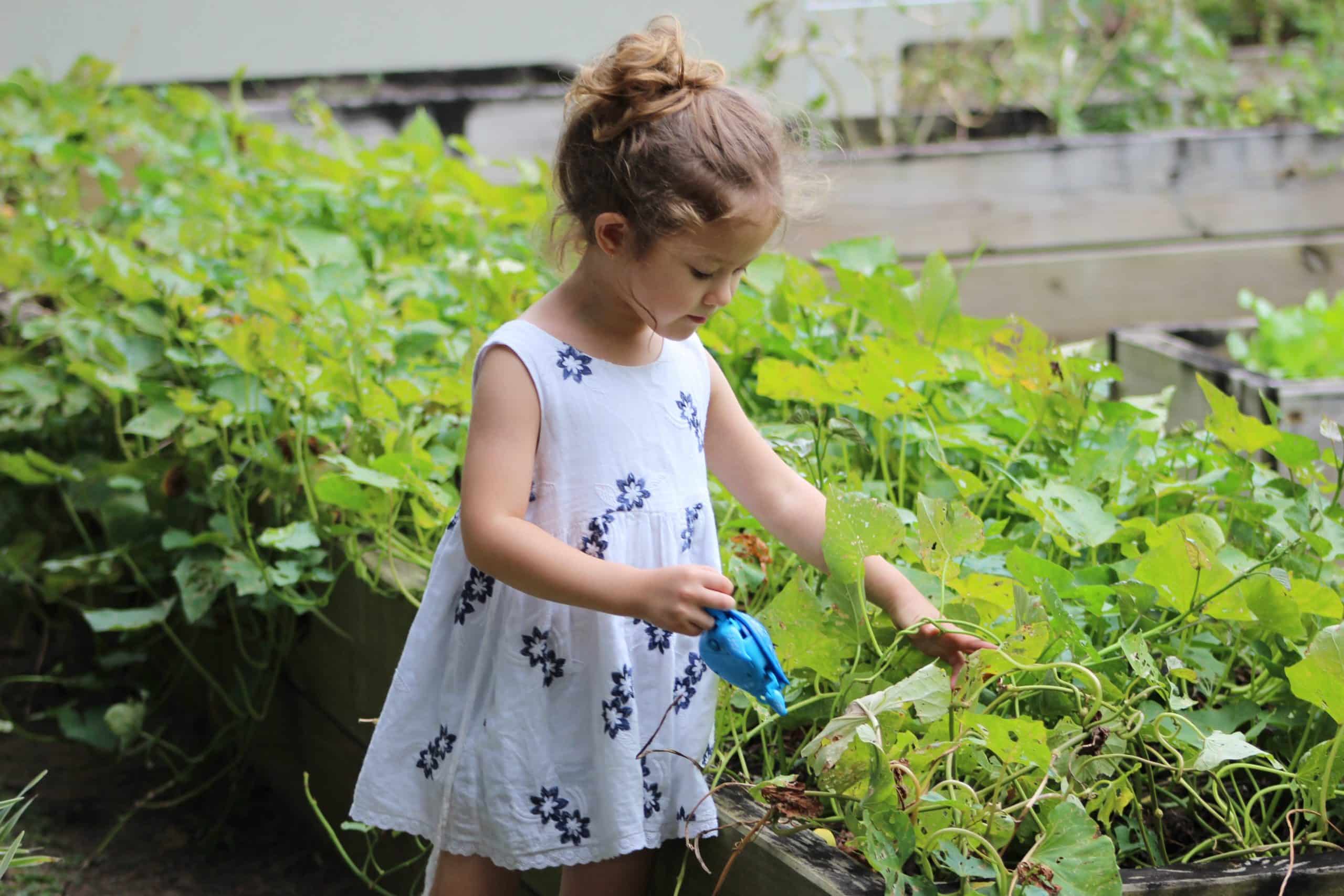Introduction:
In the journey of nurturing well-rounded, resilient individuals, one of the crucial skills we can instill in children is Emotional Self-Awareness. This foundational aspect of emotional intelligence empowers kids to understand and manage their feelings, laying the groundwork for healthy relationships and personal growth. In this blog post, we’ll explore five effective ways to cultivate emotional self-awareness in children.
1. Encourage Open Communication:
Encouraging open communication is a fundamental and effective way to build Emotional Self-Awareness in children. This approach fosters an environment where children feel safe expressing their feelings and thoughts. Here’s why it is so impactful:
- Validation of Emotions:
- Children often experience a wide array of emotions, and some may find it challenging to understand or express these feelings. Encouraging open communication validates their emotions, letting them know that what they feel is normal and acceptable. This validation is crucial for building a strong foundation of Emotional Self-Awareness.
- Development of Trust:
- Open communication builds trust between children and the adults in their lives. When children feel they can share their emotions without fear of judgment or dismissal, they are more likely to open up about their inner world. Trust is a key element in developing Emotional Self-Awareness, as children learn to trust their own emotions and the guidance provided by adults.
- Enhancement of Verbal Expression:
- Effective Emotional Self-Awareness requires the ability to articulate one’s feelings. By encouraging open communication, children develop their verbal expression skills. They learn to use words to describe their emotions, which not only aids in self-understanding but also enables them to communicate effectively with others.
- Identification of Root Causes:
- Open communication allows adults to help children identify the root causes of their emotions. Through discussions, adults can guide children in exploring why they feel a certain way, helping them connect their emotions to specific situations, experiences, or needs. This process is essential for developing a deeper understanding of oneself.
- Cultivation of Emotional Intelligence:
- Emotional intelligence involves recognizing, understanding, and managing one’s own emotions and the emotions of others. Open communication is a key component of cultivating emotional intelligence in children. It provides them with the tools to navigate complex emotional landscapes, fostering empathy, and promoting a more nuanced understanding of the emotional experiences of themselves and those around them.
- Creation of a Supportive Environment:
- When children know they can openly communicate about their emotions, they are more likely to seek support when needed. This creates a supportive environment where adults can offer guidance, encouragement, and coping strategies. Such support is invaluable for children as they learn to manage and regulate their emotions.
- Prevention of Emotional Suppression: To learn how to stop Emotional Bottling, Click Here
- In environments where open communication is encouraged, children are less likely to suppress or ignore their emotions. Emotional suppression can lead to long-term difficulties in recognizing and understanding feelings. Open communication helps break down barriers, allowing emotions to be acknowledged and addressed constructively.
In essence, encouraging open communication is like providing children with a toolbox for Emotional Self-Awareness. It equips them with the skills and confidence to navigate their feelings, fostering a healthy relationship with their emotions and setting the stage for lifelong emotional intelligence.
2. Teach Emotional Vocabulary (Bridge To Developing Emotional Self-Awareness In Children):
Teaching emotional vocabulary is a highly effective way to build Emotional Self-Awareness in children for several compelling reasons:
- Enhanced Expression:
- Verbal Articulation: By introducing a diverse emotional vocabulary, children learn to articulate their feelings more precisely. This verbal expression is crucial for effective communication, both with themselves and with others.
- Expanded Emotional Range: A rich emotional vocabulary allows children to explore and identify a broader range of emotions. This expanded lexicon enables them to discern subtle differences between feelings, fostering a more nuanced understanding of their emotional experiences.
- Increased Emotional Recognition:
- Self-Identification: Teaching emotional vocabulary helps children accurately recognize and label their own emotions. Instead of feeling overwhelmed by an indistinct emotional state, they can pinpoint and understand what they are experiencing, paving the way for effective self-reflection.
- Empathy Development: A robust emotional vocabulary not only aids Emotional Self-Awareness but also contributes to the development of empathy. Children become better equipped to understand and relate to the emotions of their peers, fostering more meaningful connections.
- Support for Emotional Regulation:
- Identification of Triggers: Understanding specific emotions allows children to identify the triggers or situations that lead to particular feelings. This awareness is foundational for developing effective emotional regulation strategies, empowering children to navigate challenging circumstances more adeptly.
- Coping Mechanism Development: Armed with the language to describe their emotions, children can communicate their needs more effectively. This, in turn, facilitates the development of positive coping mechanisms as they learn to address and manage their emotional responses.
- Normalization of Emotional Experiences:
- Reduced Stigma: Teaching emotional vocabulary helps normalize the wide spectrum of human emotions. By conveying that all feelings are valid and a natural part of life, children are less likely to attach judgment or stigma to certain emotions. This normalization fosters a healthier attitude toward emotional expression.
- Encourages Open Communication: A shared emotional vocabulary creates a common language for discussing feelings. This encourages open communication between children and their caregivers, educators, or peers, fostering an environment where emotional experiences can be shared and understood.
- Lifelong Emotional Intelligence:
- Foundation for Emotional Intelligence: Emotional intelligence, a critical life skill, is built upon a foundation of Emotional Self-Awareness. Teaching emotional vocabulary lays the groundwork for developing this intelligence, providing children with the tools they need to navigate the complexities of their emotions throughout their lives.
In summary, teaching emotional vocabulary equips children with the language and skills necessary to navigate and understand their emotional landscape. It not only enhances their ability to express and recognize emotions but also contributes to the development of essential life skills such as empathy, effective communication, and emotional regulation.
3. Model Emotional Regulation (Key to teaching Emotional Self-Awareness In Children):
Modeling emotional regulation is an effective way to build Emotional Self-Awareness in children due to several key reasons:
1. Children Learn by Observation:
Children are keen observers and often learn by imitating the behaviors of adults in their lives. When adults model effective emotional regulation, children witness firsthand how to navigate and manage their own emotions. This observational learning is a powerful tool in shaping a child’s understanding of appropriate emotional responses.
2. Establishing Norms for Emotional Expression:
Modeling emotional regulation helps set healthy norms for emotional expression. Children learn that it is natural to experience a range of emotions, and they gain insights into how these emotions can be expressed in constructive ways. This understanding prevents the suppression of emotions or resorting to unhealthy outlets for emotional expression.
3. Providing Practical Examples:
Demonstrating emotional regulation provides children with tangible and practical examples of how to cope with various feelings. Whether dealing with frustration, disappointment, or excitement, children witness effective strategies in action. This can include taking deep breaths, using positive self-talk, or engaging in activities that help regulate emotions, offering a toolkit for children to draw upon.
4. Building Emotional Vocabulary:
Modeling emotional regulation often involves verbalizing one’s emotions and the strategies used to manage them. This contributes to the development of emotional vocabulary, as children hear and learn to express a wide range of feelings. This expanded emotional vocabulary enhances their ability to identify and communicate their own emotions effectively.
5. Creating a Safe and Supportive Environment:
When adults model healthy emotional regulation, they contribute to creating a safe and supportive environment where children feel comfortable expressing their emotions. This environment encourages open communication about feelings, fostering emotional self-awareness by allowing children to explore and articulate their emotional experiences without fear of judgment.
6. Teaching Coping Mechanisms:
Emotional regulation involves coping mechanisms that children can adopt. By modeling effective strategies, adults provide children with a repertoire of tools to manage stress, anxiety, or other challenging emotions. These coping mechanisms become integral to a child’s emotional intelligence, helping them navigate the complexities of their emotional world.
7. Promoting Empathy: (To Learn How To Build Empathy In Youth, Click Here)
Modeling emotional regulation not only benefits a child’s Emotional Self-Awareness but also promotes empathy. When children see adults regulating their emotions in a considerate manner, they learn to understand and empathize with the feelings of others. This contributes to the development of social and emotional intelligence, crucial for healthy relationships.
In summary, modeling emotional regulation is a powerful and holistic approach to building emotional self-awareness in children. It equips them with the tools, language, and understanding necessary to navigate their emotions in a way that is both authentic and constructive. By providing a positive and nurturing example, adults play a vital role in shaping the emotional intelligence of the next generation.
4. Engage in Mindfulness Activities:
Engaging in mindfulness activities is an effective way to build Emotional Self-Awareness in children for several reasons. Mindfulness practices, designed to promote present-moment awareness and non-judgmental acceptance, offer unique benefits that contribute to a child’s emotional intelligence and well-being:
- Increased Self-Reflection: Mindfulness activities encourage children to turn their attention inward, fostering self-reflection. By practicing mindfulness, children learn to observe their thoughts and emotions without judgment. This heightened awareness allows them to recognize and understand their feelings, promoting emotional self-awareness.
- Enhanced Emotional Regulation: Mindfulness teaches children to approach their emotions with a sense of calmness and acceptance. Through techniques like deep breathing or guided imagery, children develop tools for regulating their emotions. This newfound ability to manage emotional responses contributes to a more balanced and measured approach to various situations.
- Stress Reduction: Mindfulness has been shown to reduce stress and anxiety, even in children. As they become more attuned to their thoughts and feelings through mindfulness activities, children may experience a greater sense of control over their emotional responses. This, in turn, can mitigate stress and enhance their overall emotional well-being.
- Improved Concentration and Attention: Mindfulness practices often involve focusing attention on a specific stimulus, such as the breath or sensory experiences. Regular engagement in these activities can enhance a child’s concentration and attention span. This heightened focus can extend to their emotional experiences, allowing them to delve deeper into understanding and labeling their feelings.
- Encourages Mind-Body Connection: Mindfulness emphasizes the connection between the mind and body. Children learn to recognize how emotions manifest physically, whether it’s tension in the body, changes in breathing, or other sensations. This mind-body awareness enhances their ability to identify and interpret emotional signals, contributing to a holistic understanding of their emotional state.
- Cultivates a Non-Judgmental Attitude: Mindfulness encourages a non-judgmental attitude towards thoughts and feelings. Children learn that all emotions are valid and natural, reducing the tendency to label certain emotions as ‘good’ or ‘bad.’ This non-judgmental approach fosters an environment where children feel more comfortable exploring and expressing their emotions.
- Promotes Empathy and Compassion: As children develop mindfulness skills, they not only become more aware of their own emotions but also gain a deeper understanding of the experiences of others. This increased empathy and compassion contribute to the development of strong social and emotional intelligence.
Incorporating mindfulness activities into a child’s routine provides a holistic approach to emotional self-awareness, addressing the cognitive, emotional, and physiological aspects of their well-being. By teaching children to be present in the moment and to approach their emotions with curiosity and acceptance, mindfulness becomes a valuable tool in building a solid foundation for emotional intelligence.
5. Celebrate Emotional Diversity:
Emotional diversity refers to the wide range of emotions that individuals can experience, encompassing everything from joy and excitement to sadness and frustration. Celebrating emotional diversity is a highly effective way to build Emotional Self-Awareness in children for several compelling reasons:
1. Normalization of Emotions:
Celebrating emotional diversity helps normalize the experience of various emotions. By acknowledging that all feelings are a natural part of being human, children learn that there is no right or wrong way to feel. This normalization reduces the stigma associated with certain emotions, encouraging children to express themselves authentically without fear of judgment.
2. Validation of Feelings:
When we celebrate emotional diversity, we validate the feelings children experience. Validating emotions involves acknowledging and accepting a child’s feelings as real and important, even if we may not fully understand them. This validation fosters a sense of security and confidence in children, as they learn that their emotions are respected and valued.
3. Encouragement of Self-Reflection:
Celebrating emotional diversity encourages children to reflect on their own emotions. When they see that different emotions are a natural and accepted part of life, they are more likely to engage in self-reflection, contemplating the reasons behind their feelings. This introspection is a key component of emotional self-awareness, as it allows children to understand and recognize their emotional responses.
4. Development of Empathy:
By celebrating emotional diversity, children not only learn to understand and accept their own emotions but also to empathize with the feelings of others. This empathy is a fundamental aspect of emotional intelligence. When children see that everyone experiences a wide range of emotions, they are more likely to relate to and support their peers, creating a more compassionate and understanding social environment.
5. Facilitation of Communication:
Embracing emotional diversity promotes open communication about feelings. When children feel comfortable expressing their emotions, it creates an environment where they can communicate openly with parents, teachers, and peers. Effective communication is essential for developing Emotional Self-Awareness, as it allows children to articulate and share their feelings, leading to a deeper understanding of themselves and those around them.
Conclusion:
Building Emotional Self-Awareness in children is a gift that keeps on giving throughout their lives. By incorporating these five effective strategies into parenting, teaching, or caregiving, we contribute to the development of emotionally intelligent and resilient individuals. Remember, the journey towards Emotional Self-Awareness is ongoing, and each step taken today lays the foundation for a future where children navigate their emotions with confidence and understanding.
